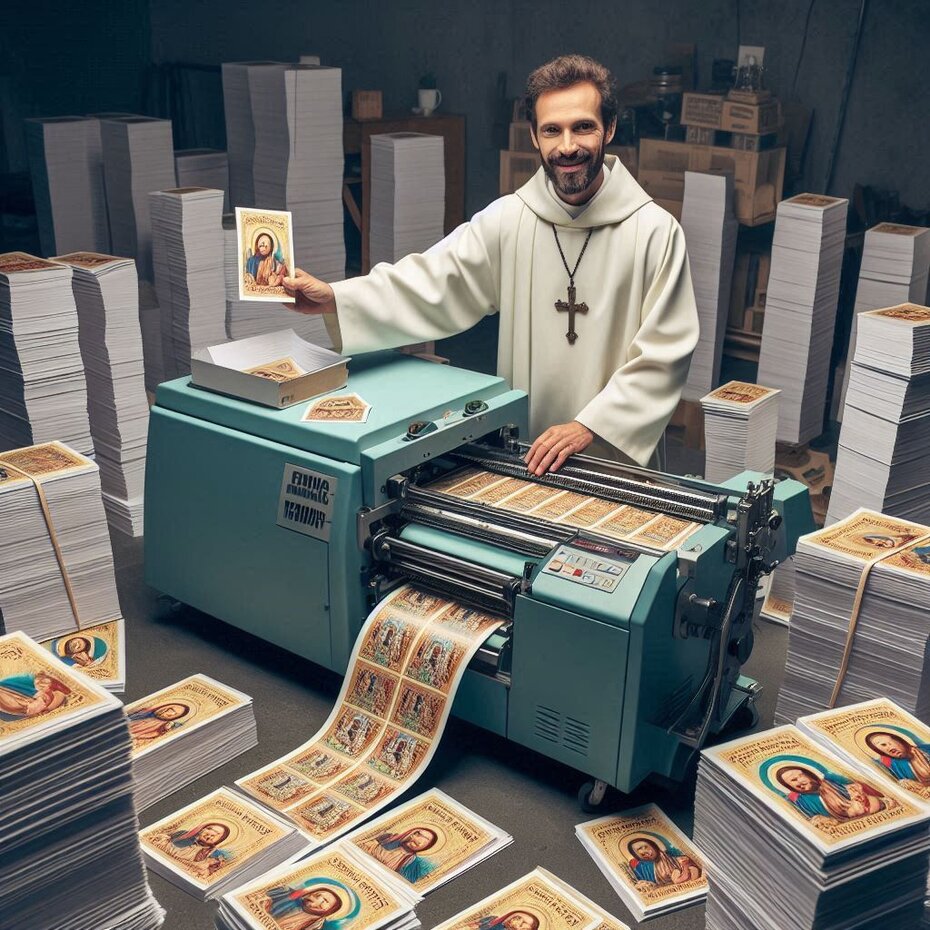The success of the new canonization rules
What do faith and the law have in common? A lot, Paul VI would say.
During Paul VI's pontificate, he proposed a reform of the Curia to meet the need to update the laws relating to the causes of saints. With the creation of the “Congregation for the Causes of Saints” in 1969, an exclusive group was formed to deal with all the procedures relating to beatification and canonization, which greatly accelerated this process.

A few years earlier, during the Second Vatican Council, it had already been decided that not only priests but also ordinary lay people could aspire to be called saints. For this to be possible, all that was needed was proof of their heroic virtues, their reputation for holiness, that they had been dead for at least five years and that at least two of their miracles had been confirmed. Once canonized, individuals are considered intercessors with God and role models for others to emulate.
With the simplification of the canonization process in 1969, sainthood became “a universal right”, with no more restrictions on the age of the candidate or their country of origin. Today, even children and adolescents can be considered saints. These changes to the laws on the causes of saints have caused a boom in the canonization process, with more cases of sainthood in the last 50 years than in the previous 350 years.
This is the case of Carlo Acutis, a boy raised in Italy, who died of leukemia at the age of 15 (2006). Because of his work creating a website documenting all the Eucharistic miracles reported, he was nicknamed “God's influencer”. Two miracles are attributed to Carlo: the healing of a Brazilian child who had a congenital pancreatic disease, and the healing of a university student in Florence with brain trauma.
On October 20 this year (2024), Carlo will be canonized along with eleven other candidates, all of whom belong to orders of the Church. Only Carlo is a layman.
The Church considers that the distance between Carlo and Father José de Anchieta is only temporal, as the two have a lot in common:
- Faith and piety from childhood
- Students at Jesuit institutions
- Fell ill in their youth
- Showed love for Our Lady. In this case, Carlo stated, at the age of 15, that “the Virgin Mary is the only woman in my life”
- Fervent devotion to the Eucharist
- Creativity in the art of evangelization
- Service to the poor and small
As evidence of his service to the poor and little ones, Carlo Acutis' mother says that he created the website where all the miracles are listed during his summer vacations, with the aim of helping Jesuit priests in their work with the poor. He later had to present this website in schools, as he was the only one who knew how to use a computer. His involvement in this task was to serve as an example to the other children.
In recent years, the Vatican has recognized a large number of new saints. Only in 2020, the year of the pandemic, were there no canonizations. In the first six years of Pope Francis' pontificate alone, he has canonized 897 new saints of the Catholic Church, a number that gives him the title of the greatest beatifier in history. Such a feat aims to stimulate popular devotion to the Catholic faith, which has suffered greatly from the loss of followers in recent decades.
(Source: vaticannews.va)
Translated with DeepL.com (free version)
Voltar
